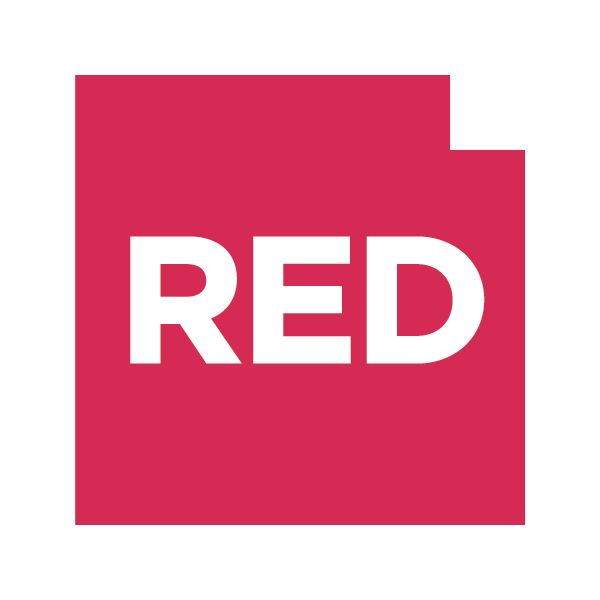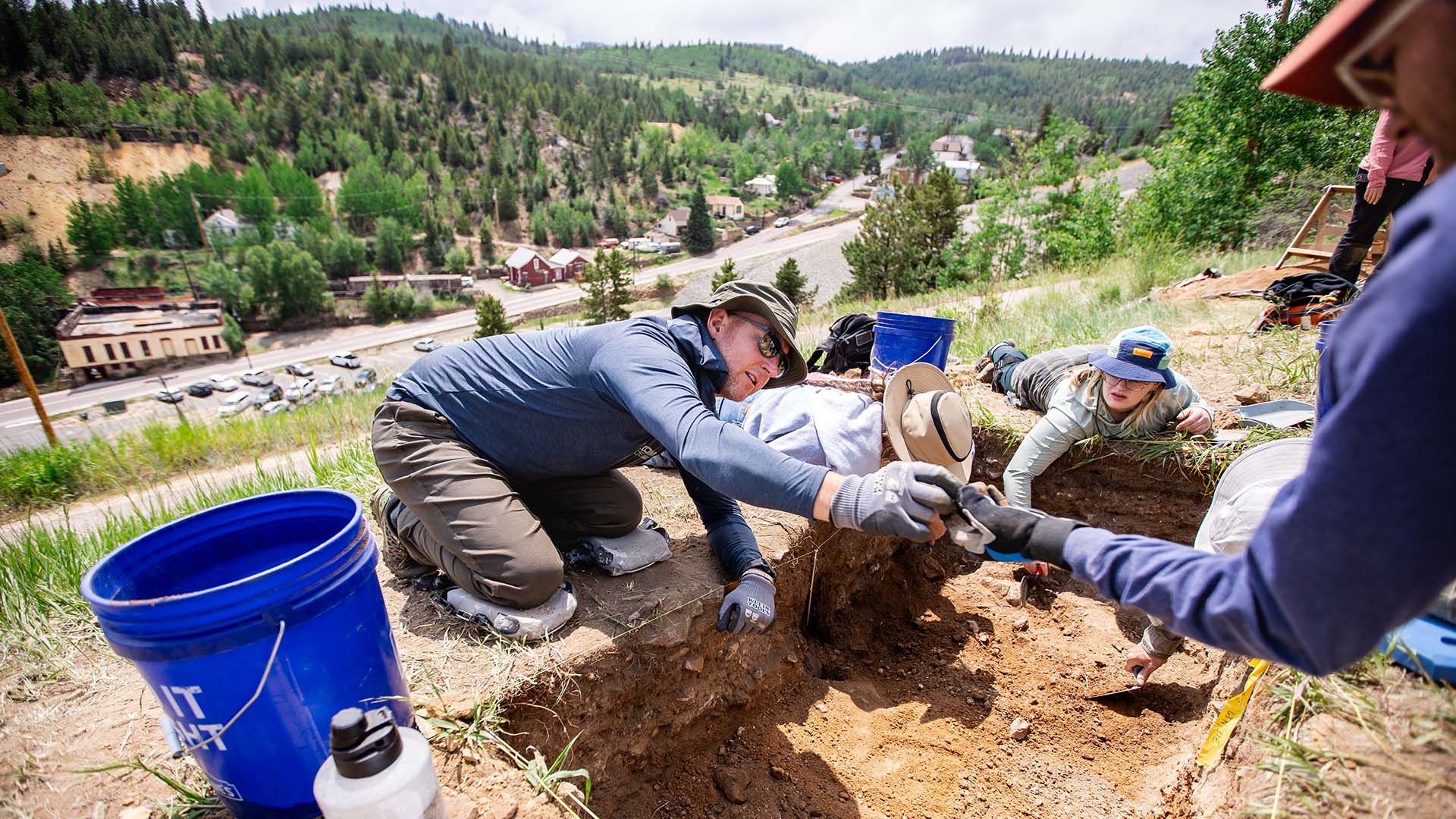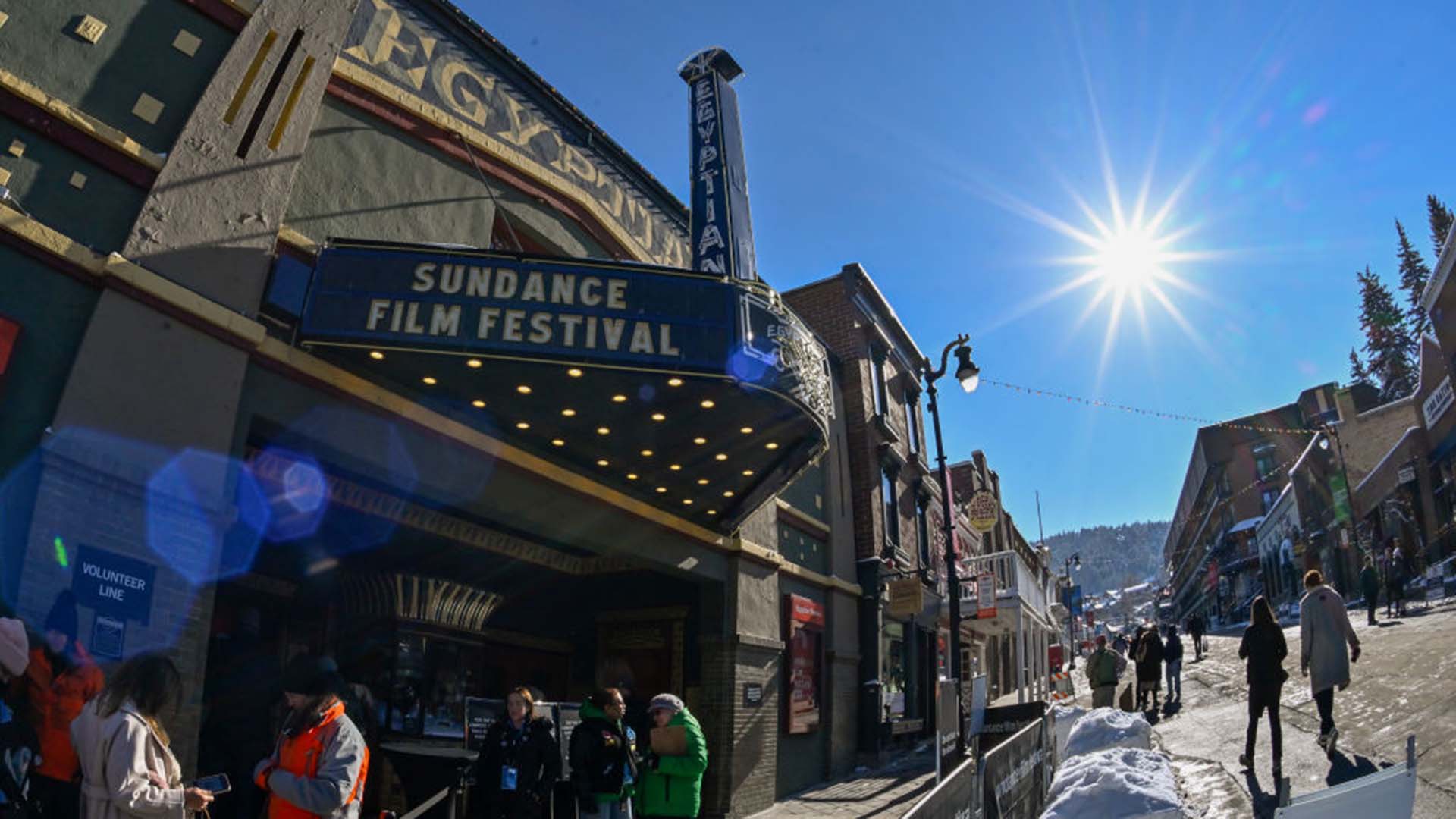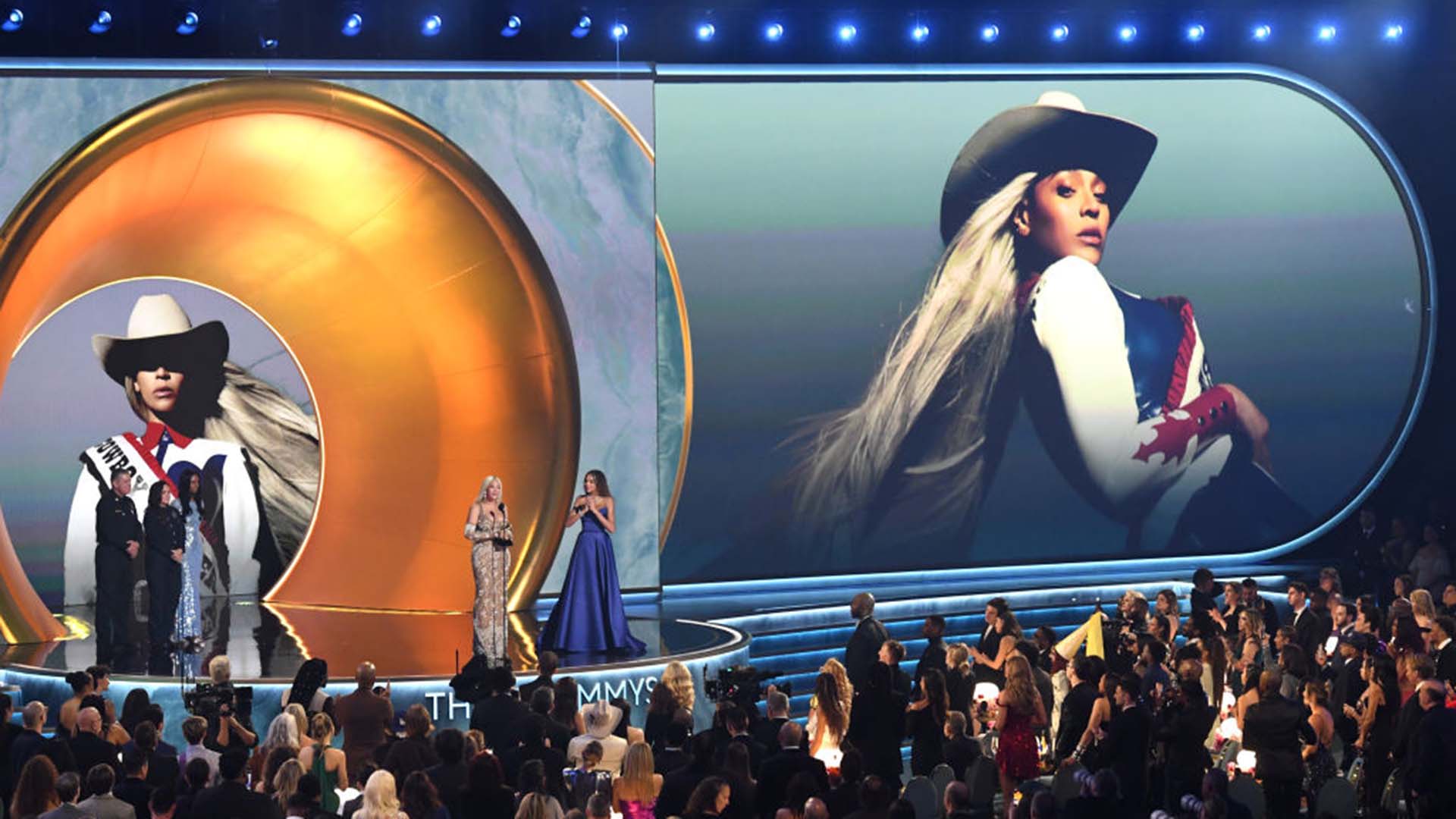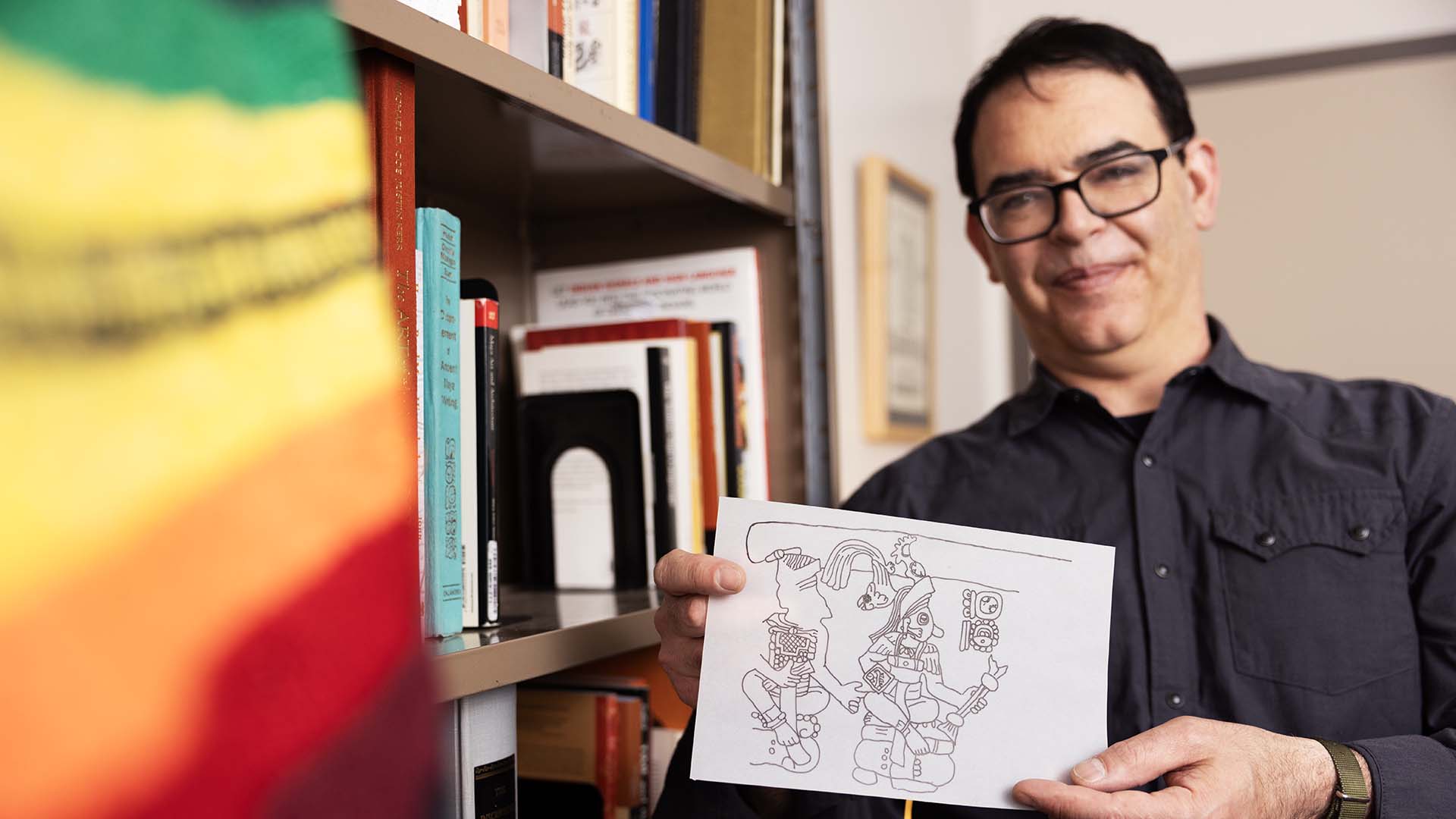The future of journalism
With media facing myriad challenges here’s how j-school students are preparing for a new reality.
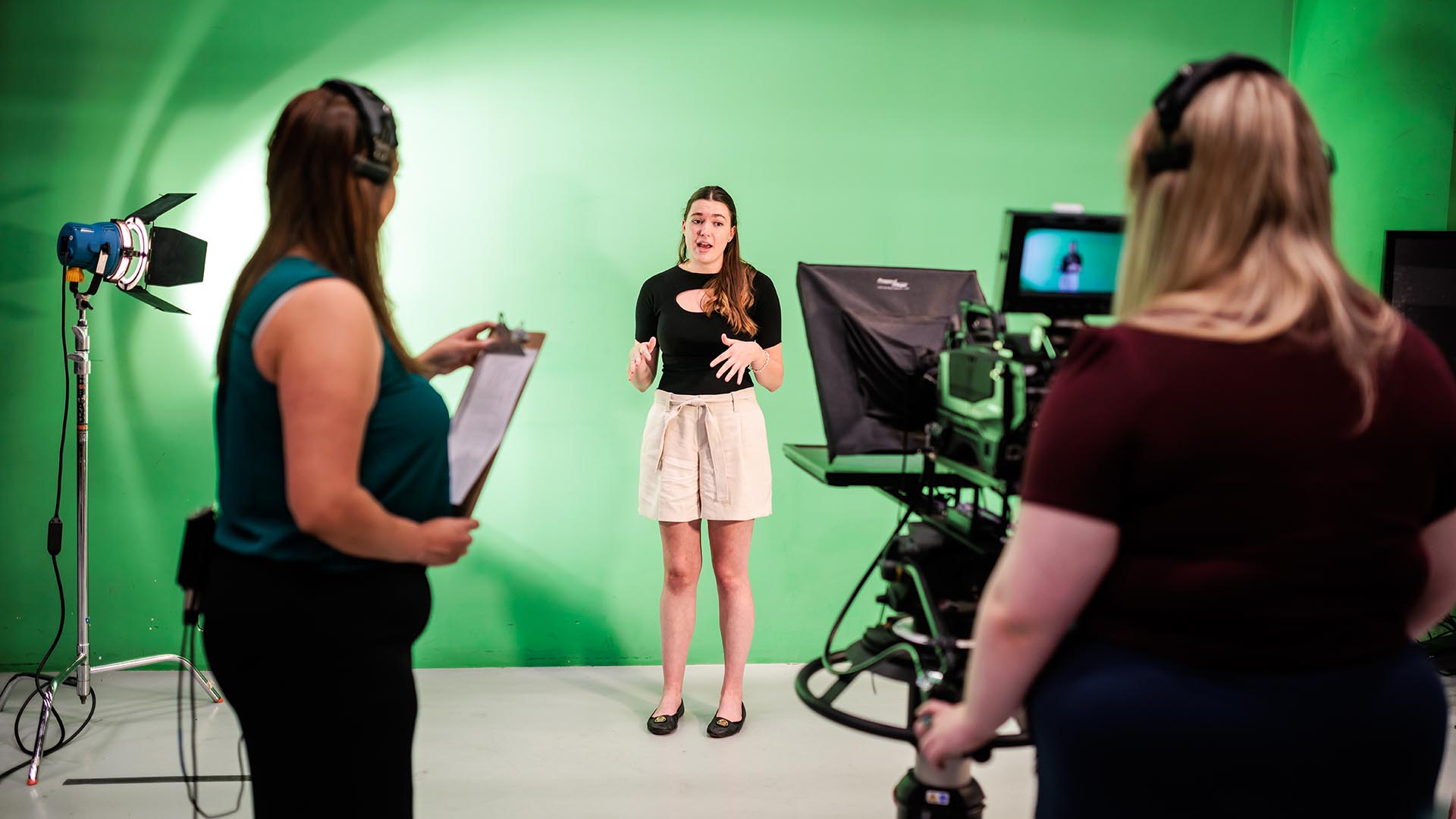
This story appears in the RED magazine’s fall 2022 issue.
Madison Lauterbach doesn’t always have a plan, but there are two things she figured out quickly: She decided she wanted to be a journalist when she was a tween listening to National Public Radio during her daily commute to school. And before she graduated from Metropolitan State University of Denver in 2019 with her degree in Journalism, she already had the idea for what would become Ms. Mayhem, an online outlet focusing on the stories of female-identifying and nonbinary people.
For two years, Lauterbach served as editor, writer, publisher, graphic designer and accountant for the site before running into a familiar problem among media outlets today: lack of funding.
“We need more independent media that isn’t beholden to investors and sponsors, but we need more ways for those to succeed as well,” she said. “I’m just not seeing that in the industry.”
In July, she was forced to suspend site operations.
Lauterbach graduated into an industry in flux. In the 21st century, legacy media outlets are forced to compete with newsletters, podcasts, social media and even Netflix for readers, subscribers and money. Journalists face layoffs, closures, burnout and the rise of disinformation and distrust in the media — all of which were hurting the industry well before the pandemic and have have made business even more challenging.
RELATED: Journalism is in a fight for its life. Why this Pulitzer Prize winner has hope.
The Pew Research Center reports that U.S. newsroom employment plunged 26% between 2008 and 2020. And per the Tow Center for Digital Journalism, nearly 100 news outlets have closed since March 2020.
But it’s not all doom and gloom. Digital-native newsroom employment is up, according to Pew, and outlets are experimenting with creative subscription models and storytelling formats. To support the next generation of storytellers and help them navigate the pitfalls of this new era, journalism programs such as MSU Denver’s are evolving to better prepare students to overcome unprecedented challenges.
Versatility is key
Contemporary journalists need to be multifaceted creators, able to conduct interviews, take photos, capture audio and share it all on social media.
“One of the things that was really valuable to me (is that) I was taught how to write a variety of different styles, which is really important,” said Lauterbach, who is freelancing while she decides on her next project. “Whether journalism transitions to online-only or print does somehow survive, you need to know how to write a story.”
While foundational classes, including the ethics of journalism, aren’t going anywhere, in recent years MSU Denver has added courses in photojournalism, data visualization, social documentary (where students visit another city to capture stories) and even drone journalism. Solutions journalism, civil discourse and social media are being infused throughout the curriculum. Students are also provided kits that “will turn a cellphone into a production center,” including a tripod, light kit and microphone, said Chris Jennings, chair of the Department of Journalism and Media Production.
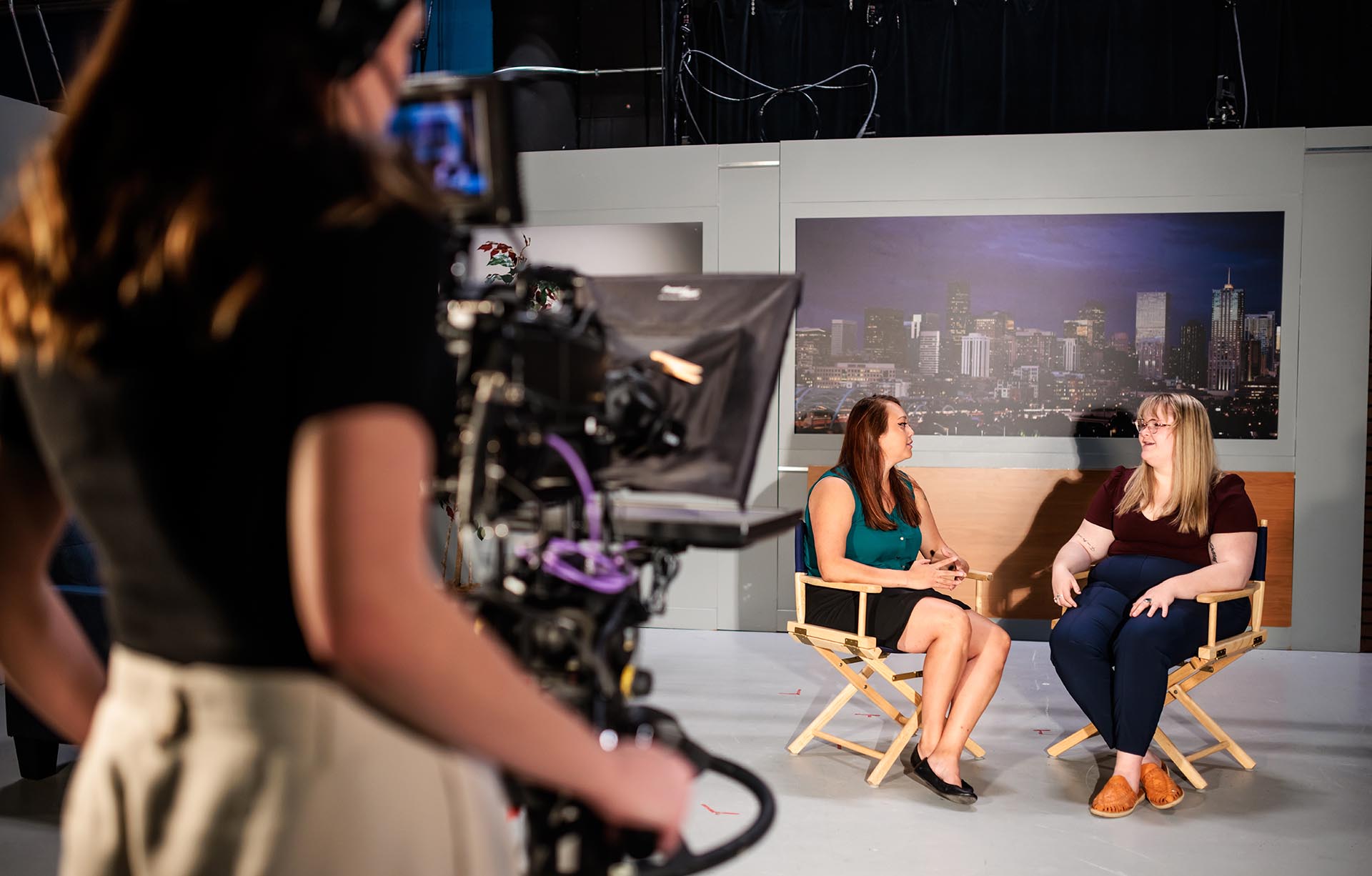
Steve Krizman, associate professor of Journalism and Public Relations at MSU Denver, wants to train students to tell stories in whatever industries intrigue them, whether that’s covering fashion or sports for niche publications, through YouTube videos or on a corporate communications team. Students are encouraged to take classes in public relations or technical writing, as well as subject-specific courses, such as Geology, for someone interested in covering climate change.
“It’s a little more like three-dimensional chess,” Krizman said. “The term we talk about is ‘atomize content.’” That phrase means understanding various audiences and how you can share or tell a story on different platforms.
Sara Martin is heading into her junior year in the Journalism program. She’s editor-in-chief of The Metropolitan, the University’s student newspaper, but in the spring she worked as a media relations intern for the Colorado Avalanche.
“I wanted to dip my toes in a different side of the journalism industry,” she said. “I wanted to try to see what it was like working on the other side — dealing with the media instead of being part of the media.”
Martin learned a lot from the experience, she said, including that she would rather “be the one asking questions.”
A business model in flux
One of the chief concerns among journalists today is a broken business model that’s hurting journalists’ salaries and making the news inaccessible to many as a result of paywalls. How can journalism schools prepare students for this new reality?
Krizman recognizes that entrepreneurship is a growing part of the business. It’s “becoming more and more of a gig economy even in journalism,” he said. “One thing I’ve been doing, not (only in classes) but in the advising of students, is trying to help them judge for themselves, if they have to go into this industry as entrepreneurs, are they equipped for that? What do they need to know and do to be ready for that?”
(Industry-specific data is sparse, but in 2019, more than one-third of the labor force in the U.S. did freelance work, according to the Freelancers Union.)
Professors also encourage students to seek out freelance experience while in school, Martin said, to get a jump-start on networking and building relationships. Affiliate faculty members are also crucial because they bring the current moment of journalism into the classroom — there are about a dozen in MSU Denver’s Journalism Department alone. Last summer, some were calling in to online sessions from parking lots near wildfires they were covering.
“Students were able to see what that was like,” Jennings said, “and what the challenges were like.”
Staying sharp
Perhaps the biggest challenge journalism schools face is keeping up with an industry that’s evolving by the day thanks to updated technology and consumer preferences.
“So much about journalism has changed even since I graduated three years ago,” Lauterbach said.
To that end, MSU Denver professors are focused on helping students develop a “working knowledge” of various technology and media types, Krizman said, so they can apply those skills in the real world.
“What we try to get them to understand is that the core principles of storytelling are the things they need to know,” he added. “When new technology comes around, how do you shift … while still understanding your audience, still understanding how an audience is engaged with storytelling, and also how are you doing it in a fair and ethical way?”
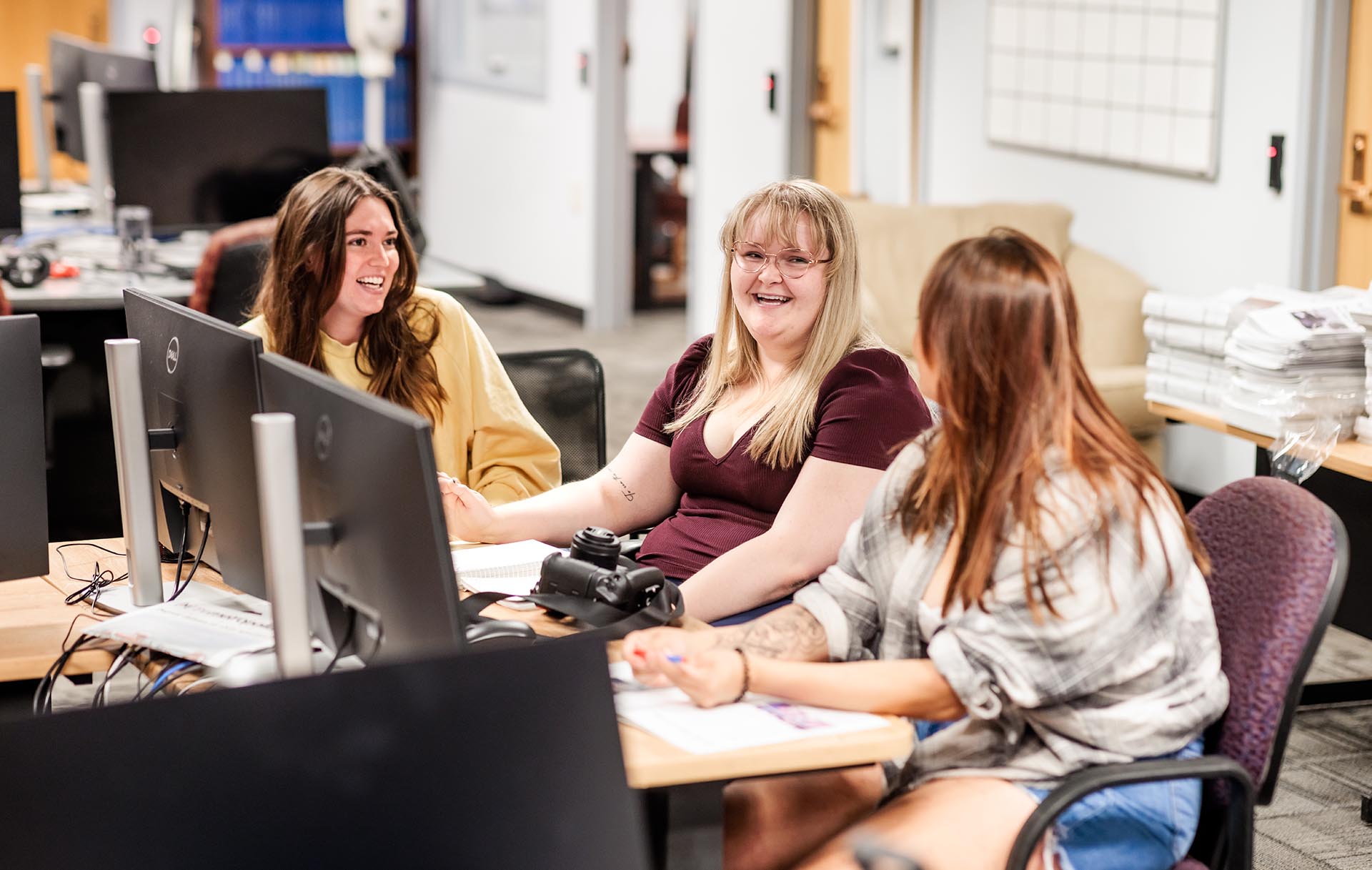
Current students and alumni credit Met Media — the University’s student-run media outlets — with teaching them what it’s truly like to practice journalism.
“We were allowed to explore different writing styles if we wanted,” Lauterbach said. “We could write features, news, editorials, sports, whatever we wanted to do. There was a lot of room for experimentation and finding out which niche we wanted to fit in. It was invaluable.”
By learning tenacity, problem-solving and basic journalism skills, such as tracking down sources or pivoting when a story isn’t panning out, in the classroom and through Met Media, MSU Denver students become nimble and able to adjust as new job expectations arise.
“Getting in that attitude of resilience, of being able to roll with the punches, that is something that doesn’t show up in a final exam but is exactly the kind of skill set they’re going to need,” Krizman said.
Adaptability was among the most important skills Yoselin Meza Miranda learned. The 2021 graduate majored in Broadcast Journalism, and her first industry job is working as a host and reporter for KUNC 91.5 (NPR for northern Colorado), a radio station based in Greeley.
At MSU Denver, Meza Miranda was introduced to the ins and outs of working in front of and behind the camera. She also honed her ability to write for different media formats. All of those skill sets have been vital in her transition to audio journalism.
“(MSU Denver) taught me a lot, like how to use my voice, which is what I’m doing now,” she said.
